Monk Fruit vs Stevia: How Do These Zero-Calorie Sweeteners Compare?
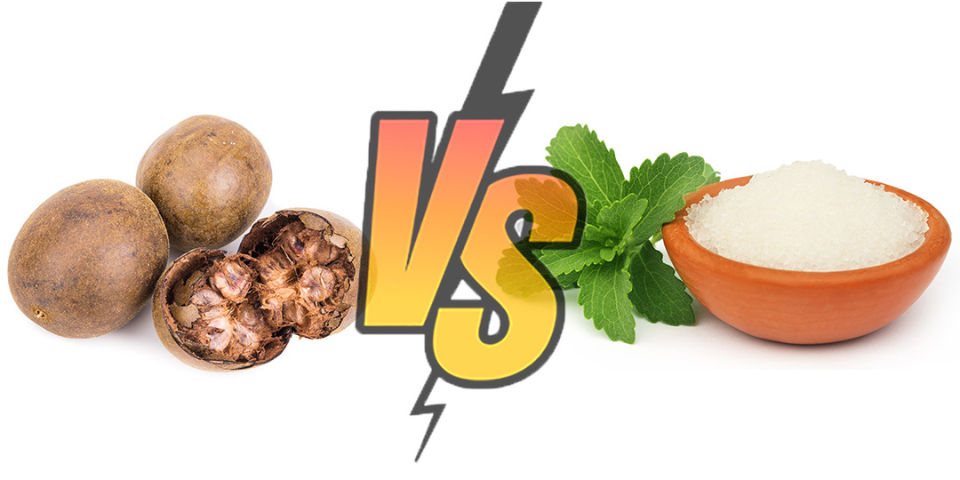
Whether you’re practicing a low-carb or keto lifestyle or merely trying to cut back on the sweet stuff, sugar substitutes like monk fruit and stevia extract are good choices to sweeten your foods without the added carbs and calories.
We know how harmful too many added sugars can be in your diet, potentially contributing to all sorts of health complications. But giving up sweets altogether? Heartbreaking.
Monk fruit and stevia extracts have little to no calories, which makes them a better alternative for people who are trying to shed some weight, says certified nutritionist Anju Mobin.
Mobin adds that these sweeteners have little to no effect on blood sugar levels, which may be helpful for those trying to maintain healthy blood sugar levels.
Usually, the only battles we like to see at BODi are at the battle ropes. But today, we’re “battling” monk fruit vs. stevia: Is one better than the other? What are the differences?
Benefits of Monk Fruit Extract
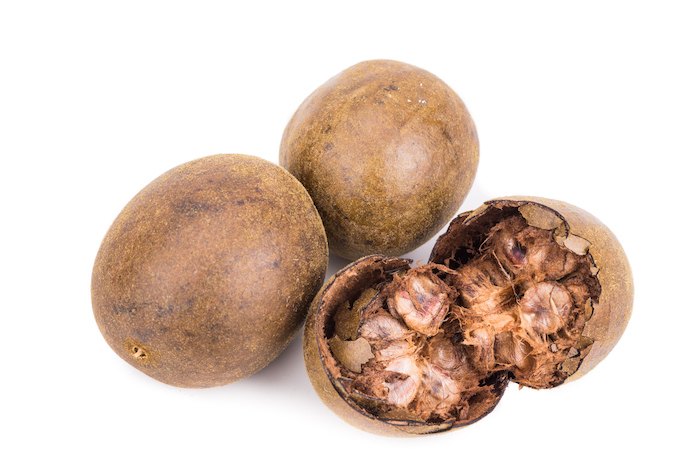
Monk fruit, or luo han guo extract, is a natural calorie- and carb-free sweetener extracted from a South Asian fruit of the same name. Here are some of the benefits of monk fruit extract:
- Monk fruit is typically 100 to 250 times sweeter than regular sugar, so a little goes a long way!
- It’s non-nutritive, meaning it has little to no calories, carbs, and sugar.
- Monk fruit has been safely consumed for centuries in Asian cultures.
- It’s keto-friendly.
Benefits of Stevia Extract
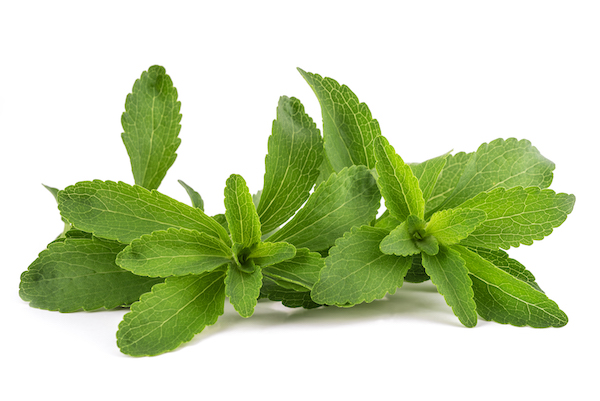
Native to South America, stevia is a sweetener that originates from the stevia plant, consumed in both a powder and liquid form. Here are the benefits of stevia extract:
- Many stevia extracts are 50 to 400 times sweeter than table sugar.
- It too has little to no calories, carbs, and sugar, which can assist with weight loss.
- It’s widely available in most grocery stores and is relatively budget-friendly.
- It’s keto-friendly.
Cons of Monk Fruit Extract
- Monk fruit extract comes in granules, powders, and liquids, but is typically not available at a standard supermarket, “as it is difficult to grow,” says Mobin. This makes it a bit inaccessible for most people.
- It’s typically more expensive, given that it’s considered a “specialty item.”
- Some people don’t like the taste or aftertaste of monk fruit, says Mobin.
- Mobin says, “manufacturers may add other ingredients,” and often, the other ingredients are artificial sweeteners or food additives, like dextrose or maltodextrin.
Cons of Stevia Extract
- Certain chemicals in stevia can cause mild side effects such as nausea or bloating.
- Some may find an unpleasant aftertaste.
Should You Use Stevia or Monk Fruit Extract?
The two non-nutritive sweeteners are quite similar, so choosing one over the other largely comes down to taste preference. However, you may also need to consider cost and availability.
Monk fruit is typically more expensive, so stevia may be a better option for those on a budget. Monk fruit is also not as widely accessible as stevia, though there are online options for delivery.
Where to Buy Monk Fruit Extract
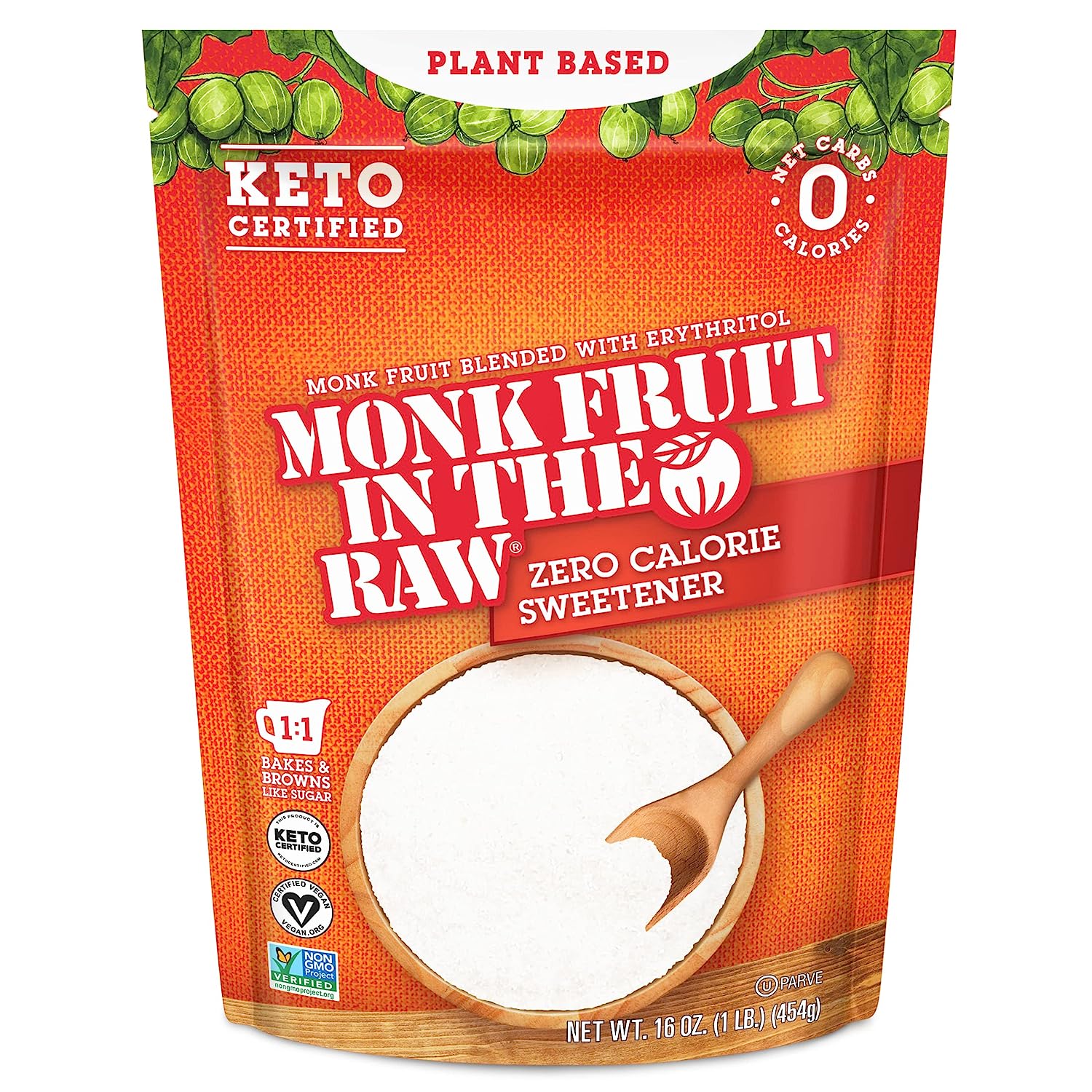
While many regular supermarkets might not yet carry monk fruit, you can find many options online or at Whole Foods. Some may be blended with other sweeteners, which is something to look out for! Here are a few options:
- Monk Fruit in The Raw, on Amazon (Note: This is a blend).
- Julian Bakery Pure Monk, on Amazon.
- Organic Monk Fruit Zero Calorie Liquid Sweetener, on fruitfulyield.com (this product contains alcohol).
- Lakanto Classic Monkfruit Sweetener, at Whole Foods (also a blend).
Where to Buy Stevia Extract
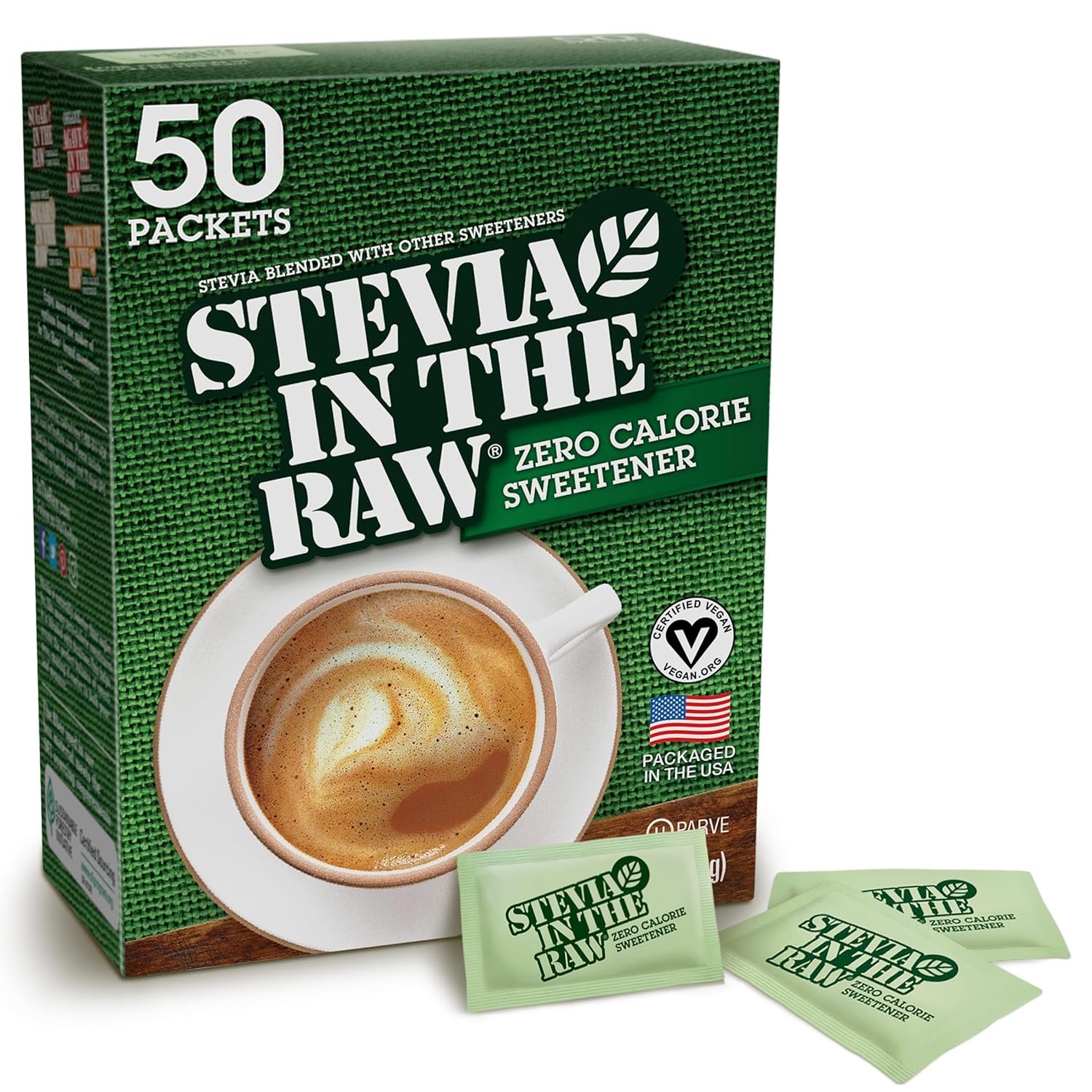
Stevia is much more widely accessible than monk fruit. You can find it at most grocery stores, Target, drugstores, and online. Keep in mind that some are pure, while others may be blends with other sweeteners. Here are some options:
All trademarks, trade dress, product names and logos, as shown are the property of their respective owners. The inclusion of any third-party products in this article does not in any manner express or imply any endorsement, approval or recommendation by such third party of any content provided by herein, nor of any recommendation, endorsement or approval of the product by the author or publisher of this article.





